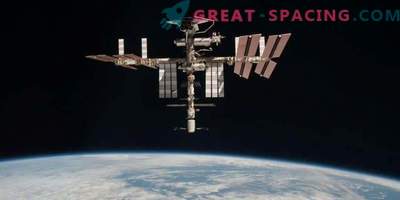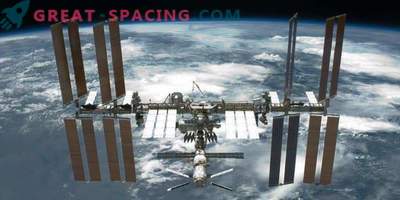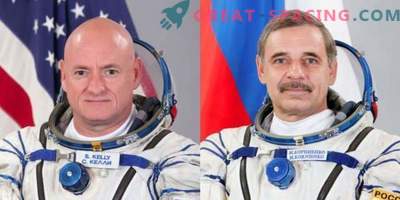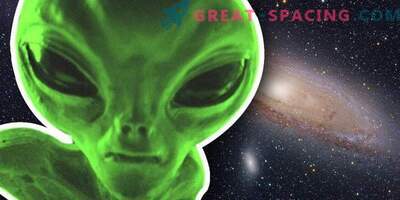
Astronauts have always been distinguished by exceptional health, but, like all people, they are also subject to diseases.
Despite all the efforts of the ground services for organizing space flights to make the situation on ships as sterile as possible, this does not reduce the risk of penetration of bacteria, viruses and mold.
According to a recently published journal Microbiome, it was found that dust particles from the International Space Station (ISS) contain potential pathogens. To such conclusions, scientists came from the analysis of dust samples taken from air filters and vacuum bags located on the ISS.
Despite the fact that researchers failed to reach a final conclusion as to whether the organisms found are dangerous, one thing is clear: bacteria that do not pose a threat under Earth conditions can change their properties in space and have a negative effect on the human body.
The opportunity to get sick on the ISS is a kind of threat to astronauts. First, their immunity is weakened due to being in new conditions, and therefore more susceptible to infections. Secondly, dust and dirt do not settle to the surface as on the Earth, and in the state of weightlessness they hover in the air. In accordance with NASA data, in order to maintain a sterile environment, test measurements and analysis of air, water and the state of solid surfaces are regularly carried out on the ISS. In addition, the ISS protocols for maintaining the correct microclimate are fully respected.
In case of illness, there is always a first-aid kit on board the ISS for initial diagnosis and the provision of necessary assistance. The crew has basic medical knowledge, in addition, there is always the opportunity to contact the Mission Control Center for advice. In emergency cases, the sick can be delivered to Earth.
It is worth saying that microorganisms, getting into a spacecraft, turn out to be in completely different conditions from the Earth: starting from gravity, radiation indices, carbon dioxide level and ending with other parameters. Understanding how bacteria adapt to new conditions can help protect astronauts from potential risks in the future.
For example, in 2009, a study was published, stating that salmonella, once in space, becomes three to seven times more dangerous. In fact, in space conditions, the behavior of the bacterium is complementary to the behavior in the human body under the influence of the so-called “liquid shift” mechanism. The fact is that bacteria reacts to the force of fluid pressure around. So while in a liquid medium, similar to that of the human intestine, as well as while in a weightless environment, the bacterium feels safe and begins to multiply.
Salmonella occurs in contaminated food, so, fortunately, it does not threaten anyone on the ISS: all cosmonauts' food is thoroughly sterilized in order to destroy any microorganisms.
However, there is another bacterium that is similar in behavior to salmonella - Pseudomonas aeruginosa, or Pseudomonas bacillus. In 2013, a study was published in which it was confirmed that it grows faster in space and is large. Earlier, in 2009, another experiment was conducted, which revealed that the conditions of weightlessness also have a positive effect on E. coli and staphylococcus. In other words: wherever a person goes, the microorganisms of the Earth will travel with him.











































